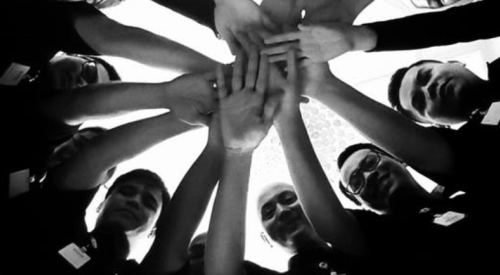|
Ongoing training, development, flexible use of great talent and ongoing communication are strategies builders utilize to make the best of a bad market. We polled more than 40 home building executives with the following question: "How is your company using this down cycle to further develop employees?" Here's what they told us:
- "We've expanded our use of e-learning and redesigned our internal training homepage to provide employees access to self-directed learning tools. In addition, we had four individuals train on using Six Sigma for process improvement." — Vice president of process control for a national builder
- "Besides industry-specific training, we're including topics like social styles, negotiating to yes, and 7 Habits." — Regional president of a national builder
- "We continue to identify 'high-potential employees' for our two-year management development program, which exposes them to many facets of the business." — Regional president for a national builder
- "We began to cross-train our employees in different disciplines. ... We eliminated some outside contractors and created our own service business, such as landscape maintenance for the models. Our IT department now helps marketing with Web sites and e-blasts, versus paying an outside advertising firm." — Division president for a California builder
- "We worked out a career development program for all our key people. This includes identifying weaknesses in skills and exposure to other business areas." — President of a community developer
For other builders, communication and mentorship have been the focus. As one vice president of sales described, "We educated our employees on what got us in this mess in the first place, where we are today and where we want to head. We clearly communicated what role we needed them to play. Now more than ever, our team members realize we need their feedback, and that alone helped increase employee satisfaction and accountability." Additionally, he reports employees support one another and have better morale.
Last but not least, getting back to the basics was another common message. "We're stressing to our people that things we could get away with in the past won't work now," said one sales director for a national builder. Or as one regional president noted, "The lesson I am imparting is that traditional roles and hierarchy are out the window. Everyone needs to be prepared to do whatever it takes to keep the ship afloat."
| Author Information |
| Rodney Hall is a senior partner with The Talon Group, a leading executive search firm specializing in the real-estate development and home building industries. |
|












